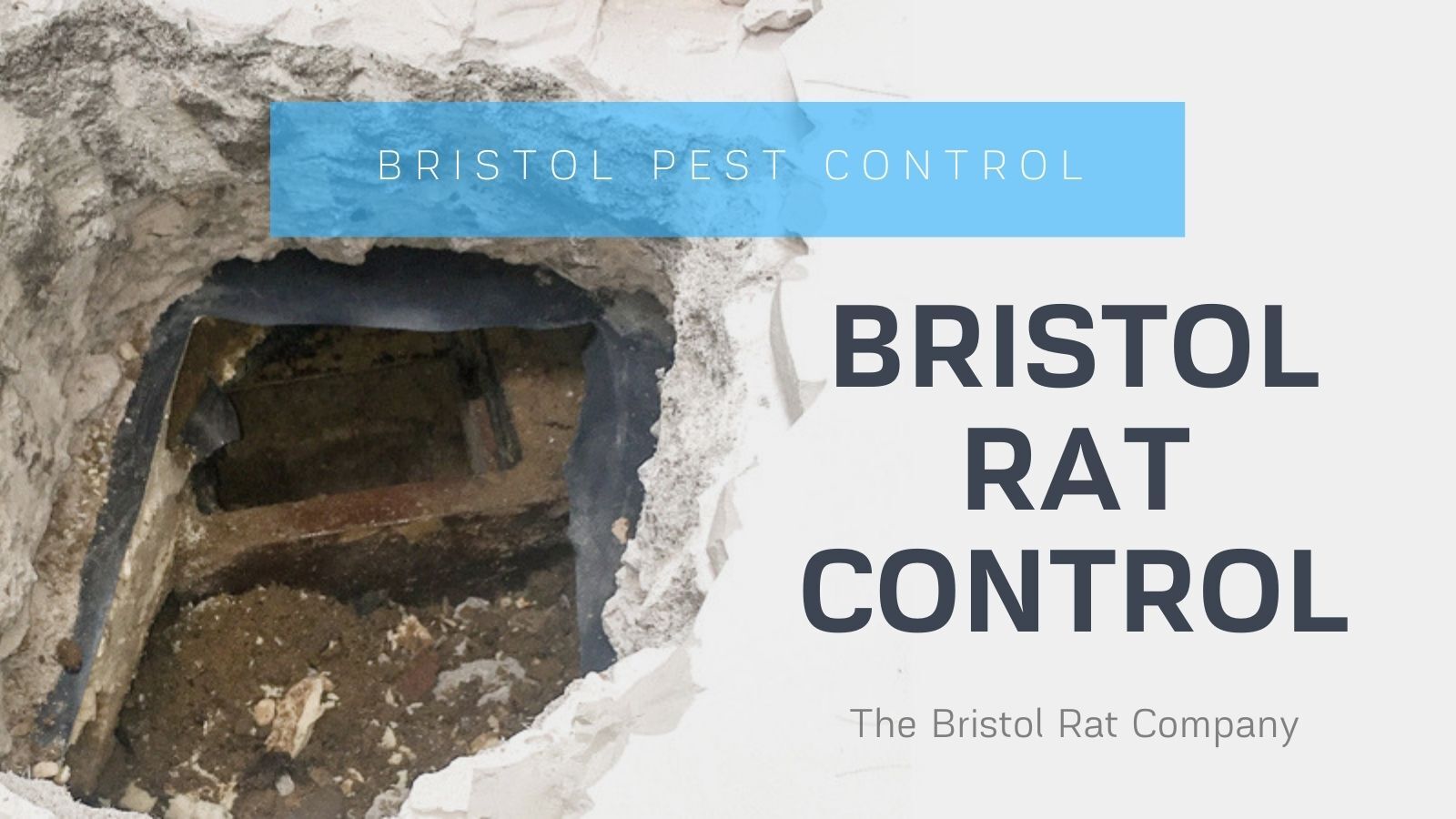Rats In Cavity Walls
Why Are Rats In Wall Cavities?
The Reasons Rats Are In Your Wall cavities

A Rat infestation in a cavity wall is a serious matter. Electrical services, plastic pipes and other cables are all at risk of serious damage that could cause flooding, fire or both.
Rats in cavity walls are common, and your home is now theirs! The question that needs to be asked here is “Where Have The Rats In My Wall Come From?”. Taking back control is rarely impossible, and more often than not, it is actually quite a simple process that our pest control team have mastered.
The most effective and humane form of pest control for rats in buildings is ALWAYS exclusion and not the usual impulse to set traps or lay poison.
Traps and poison are sometimes essential for the initial pest control of existing rodents in your property, but they should be the last rodents to have access into your property – exclusion is the game! Find the entry point and seal it.
The problem with some alleged infestations is that rats and mice may both be present. This is unlikely though as rats and mice don’t play nicely and the mice often become a meal for the rats.
The only thing that rats won’t mess with are squirrels, or so it seems in our experience.
How Do You Know You Have Rats In Your walls?
Rats in walls and ceilings Are Likely Getting In via:
Rats make no secret of their presence within the fabric of your building. Noises you are likely to hear include scratching, squeaking, gnawing and the sound of falling debris as they travel up and down a wall cavity.
Sometimes you will get strong odours within a building from rat urine, droppings and the dead bodies of perished rodents, followed by a short-lived plague of flies!
In extreme situations, infestation results in rats gnawing through ceilings and falling into bedrooms! The same is true of squirrels.
Insects can also be a sign of activity. Moth larvae often feed on rat droppings. Moth larvae and beetle larvae also feed on the skin and fur of dead rats and flies feed on the flesh of dead rats. The life cycle of insects is closely woven into what we look for during our inspections.
Rats Via Shallow Utilities
This is the point at which the drains and utilities leave the building under and through the wall of the property. Issues of this kind are seen most often in buildings and extensions constructed in the last twenty years.
In older buildings, it’s more common to see soil pipes externally, but newer construction projects have them below ground due to better design and aesthetics.
The correct depth for these should be around 12 inches below ground level, but increasingly we see these points exposed above ground where rats quickly enter and populate the underfloor areas and cavities of the house.
Even if you have concrete floors, the earth beneath the floor will dry and subside by a few inches, creating the perfect nesting point for rats which can then eat through underfloor heating systems and other plastic water service pipes, etc.
Cavity wall insulation is perfect for rats and other rodents to nest in and burrow through. Rats climb through this insulation from ground level inside your walls, all the way to your roof! It’s unsurprising then that they call these pests “roof rats”, because of their amazing ability to climb.
Rats In Cavity Walls Via Faulty or Disused Drains

When Your Rat Infestation Comes From Drains
It’s unsurprising that more than 80% of rat problems discovered by pest controllers in homes and businesses originate from faulty or redundant drains. In most cases, this rat activity is in association with a new extension or other building improvements.
Homes where lots of rice, pulses and other food items are poured or washed down the sink, provide rats with a clear incentive to explore your drain branches and exploit any weaknesses in them.
Rats Under Your Floor
Lifting floors is not a process we like to undertake often, but it’s a routine occurrence to find rat burrows beneath floors, close to pipes that are visible or directly beneath.
Built Over Drains
It is common to find open sewers and even inspection chambers under extensions that allow rats unrestricted access into your property, and we can quickly solve this with non-return valves or with more durable technical services such as drain lining, patching or direct repairs.
Redundant Drains
Redundant drainage is very common in older properties. Some tradesmen just don’t know what rats are capable of and try to block disused pipes and gullies with plywood, rubble or DPM strips.
Rodents make short work of these materials and ultimately come up under floors where the rats living in the sewer make this new space their home.
Damaged Drains
Over the course of time, many changes can occur within and around building that cause pipes to fail or become displaced, providing gaps and larger openings for rats to explore and exploit, sometimes in huge numbers.
Over many years the rats will often displace the earth into the pipes that is subsequently washed away, leading to subsidence, underpinning or even demolition.
Do You Need A Drain Survey?
Most of our customers are recommended to contractors handpicked for their expertise in this area. Many drainage contractors fail to identify the faults responsible for rat ingress.
This sounds counterintuitive, but we were surprises and disappointed to see drain company after drain company miss these faults in 30-40% of cases.
Drains need to be examined forensically, slowly, carefully! One 10mm gap might be all that allows juvenile rats into your home and wall cavities.
You should never be disadvantaged by a drain survey. A drain report could be a sound investment because being able to get repairs completed quickly could help you eliminate future pest problems in the property.
Rats Via Overhanging Trees, Hedges, or Climbing Vegetation
Rats and other rodents will quickly climb along telephone wires, jump from overhanging branches and climb up climbing plants directly onto your roof where they quickly make themselves at home in the tight roof spaces of extensions and loft spaces of the main building. Access into your loft under tiles is simple.
Other Points Of Entry Include:
Via the neighbours – in linked properties, through underfloor cavities, lofts, and linked gutters.
Via open doors, windows, and presents from your cat! – sometimes it will be a single rat, and no infestation exists.
Via Cellars and underfloor storage rooms.
Can Rats Come Through The Ceiling?
Yes! Rats can quickly gnaw through a ceiling from the loft or attic and fall into a room, although we have only seen this three times in 15 years.
From what we have seen, the rodents inadvertently fall through a hole in a ceiling and then cannot get back. The rat is then desperately running around the house until it gets caught, killed, or escapes.
A desperate rodent trapped inside a building will quickly cause damage in its search to escape, so control needs to be swift and efficient.
Your Local Pest Control Company
Book Now: 0117 369 2709
